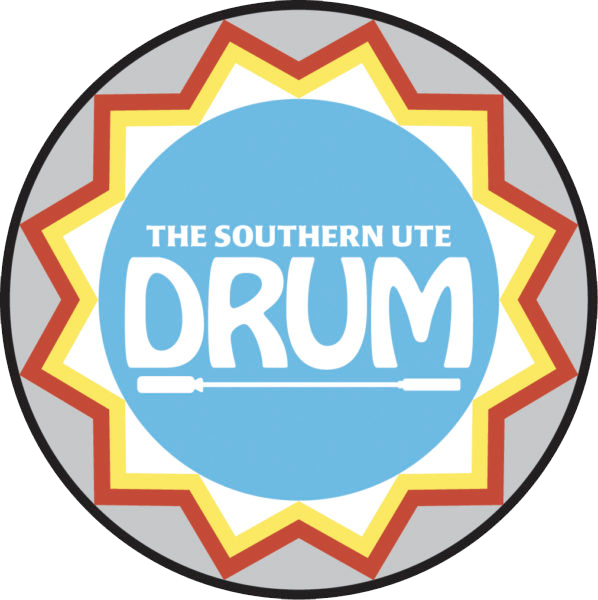The San Juan Basin Health Department hosted the first Animas River Celebration on Sunday, Nov. 1 in light of the recent contamination involving the Gold King Mine disaster in early August. Various environmental partnerships across La Plata County came together to provide updates on the contamination effects – including fish, wildlife, utilities, and sanitation. The Southern Ute Water Quality Program was present, providing information on how the contamination affected the Animas River, which flows through about 20 miles Southern Ute land.
“The reason we’re here is to give the community a local understanding of what has really been going on with the spill. There’s a lot of misunderstandings with how the spill has affected the different environmental conditions,” said Curtis Hartenstine, EPD Water Quality Program Manager of the Southern Ute Tribe. “It gives the public better knowledge of how the spill affected the local environment (including agriculture and groundwater), not just the river.”
Hartenstine provided examples involving stream insects that survive in the Animas River – most of which are intolerant to pollution, and more sensitive to changes in the environment. These principal insects include the salmon fly, caddisfly larvae, stonefly, and mayfly larvae. Because they live off of fresh water, sanitation is critical for their survival.
Fortunately, all four of the stream insects were found living habitually in the Animas River without any harm, three months after the contamination. This is encouraging information that the spill has yet to show significant environmental impact.
Hartenstine stated that the pH (measurement of acidic/basic water) is influenced by mine waste. Low pH cause metals to be toxic to aquatic life – when the pH rises, metals fall out of the solution and provides a more suitable environment.
“There’s a lot of flushing throughout the Animas,” he declared. “The next thing to do is monitor the long term impacts.”




